Exploring Hornstrandir // Iceland
Iceland
Isafjordur > Hesteyri > Hornvik > Isafjordur
Isafjordur, the capital of the Westfjords lies safely behind a sand spit. Helgi Magri Hrólfsson first settled here in the 9th century after seeing its potential. In later years the town became important to the Danes as a trading post. Through out this time the fishing industry has been the main support for the inhabitants of Isafjordur and the rest of the Westfjords.
For us it is the gateway to the Hornstrandir Nature Reserve, on the edge of the Arctic Circle.
Gesproken talen aan boord: Dutch, German, English

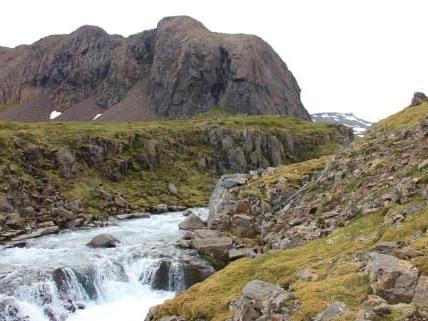

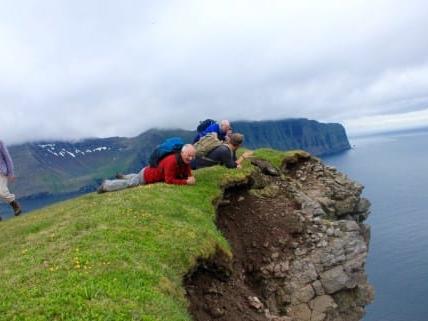



A fast area largely abandoned in the 1950 and left to look after its self. There are no roads, making a ship, the only possible way into the reserve. The people who used to live here cultivated small pieces of land to support their cattle with hay during the darker months. And although during summer many birds and eggs where taken from the bird cliffs, fishing was the main in come for the people of the Hornstrandir area. After the abandonment, the flora slowly started to recover its former and original state. The now 260 flowering plants and ferns are a good summer hide out for the arctic foxes who made their own recovery. A hand full of houses abandoned and restored are the last reminder of the little civilization once present.
Setting of from Isafjordur we enter a larger fjord system, The Isafjardarjup. At the center of al these fjords lies their maker. Like a spider in its web, the glacier Drangajokull is sitting at just under 1000 mtr and watches over its liquid counter parts below. The glacier once covering the land trapped the volcanos below. In this way, the magma below the ice formed the table mountains, now iconic to the area. After the retreat of the glacier the fjords where carved and are still being shaped by the fury of the North Atlantic. Drangajokull is no longer a calving glacier, and has terminal moraines at al its fjords. Making the navigation tricky at some spots. Depending on the weather and wind forcast we, shape our course. Our main destination during this week is Hornbjarg and its towering bird cliffs. It is home to many sea birds during the short and intensive summer. Razorbills, Guillemots, Kittiwakes and Fulmars are the main inhabitants. They are fair game for the Arctic fox and her cups. Always luring and risking their own lives to secure an evening meal. The walks up the cliffs are breath taking. It gives a great view into the Greenland Sund and over the bay and mountains to the East.
After an exhilarating day of sailing on the Greenland Sund, Hesteyri offers a splendid anchorage. On the banks of this shallow fjord we find the remains of a small settlement. The old doctors house is converted into a dormitory and serves the best Icelandic pancakes. Further into the fjord an old chimney gives away the location of the old whaling factory. The Norwegians built the factory but did not run it very long. It was soon transformed into a Herring processing plant and in use until the late 1940’s. Hesteyri is not completely abandoned, the elf’s still have their throne overlooking the Westfjords. Glowing in the purple of the Lupine it is a truly magical place.
Hornstrandir Nature Reserve can only be reached by boat. We will take you there AND show you the best places!
We will organise two voyages of a week into Hornstrandir, but all our other voyages will make a stop on Hornstrandir as well. SO if you have more time - have a look at sailing longer!
Outside of the fjord the cold East Greenland current collides with the warmer water of the Irminger current, a branch of the North Atlantic Drift. This attracts many large sea mammals like Finwhales, Seinwhales, Humpback whales and Minkey whales. The waters around North West Iceland are very rich and make up for a diverse foot chain. Sperm whales are attracted to the squid feeding of the plankton. Killer whales come to feed of the large numbers of salmon, mackerel and herring. The nutritious waters also atract the many seabirds. Arctic, and long tail skuwa’s chase the Arctic terns and Kittiwakes. Puffins Guillemots and Razorbills dive for the sand eels.
After spending the better part of the week exploring the fjord system we end our trip back in Isafjordur. Hopefully this is not the end of the Icelandic adventure. There is much more on offer and easy to combine after a week of sailing!
Including:
- Based on private shower and toilet
- Bed linen and towels
- Crew consisting of: Captain-Mate-Kok-sailor.
- Use Zodiac for landings.
- Full board, use of the local products
Not included:
- Arrival and departure to the ship
- Personal expenses
- Possible extra entrance fees
- Drinks on board
We are happy to help arrange and travel to the ship. Let us know at the time.
The suggested route is an indication and can change due the weather forecast. The captain has the last word.
Isafjordur
Isafjordur is easy to reach by plane. There is a flight twice a day. From the airport you can get to the Tecla by bus, which stops at the hotel just 2 minutes walking away form the Tecla. Or you can rent a car and drive. It is possible to rent the car and leave it on the airport on both sides. Take some time and see more of Iceland along the way!
Tecla
Bouwjaar 1915

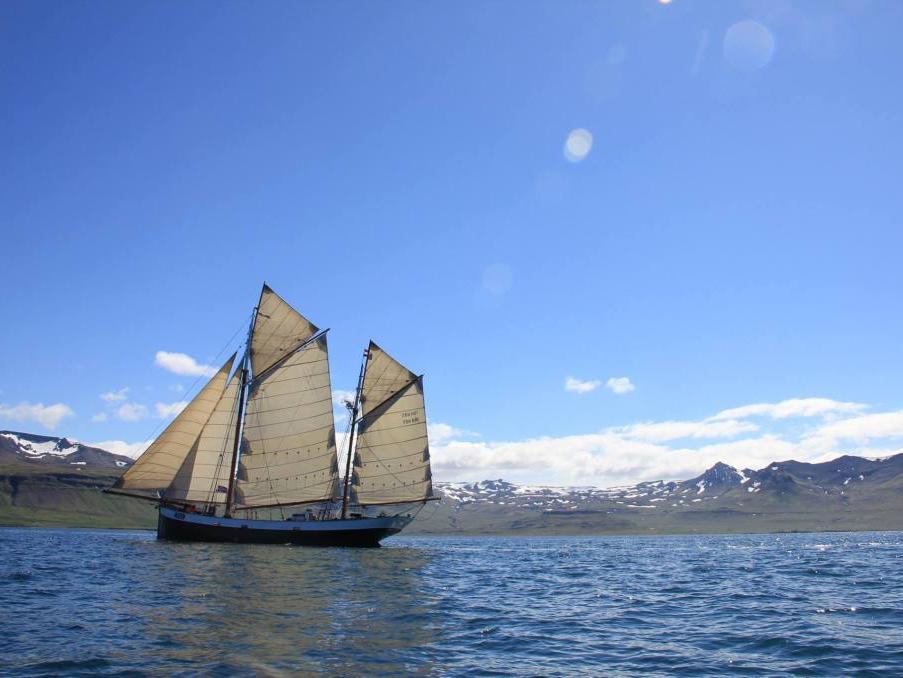

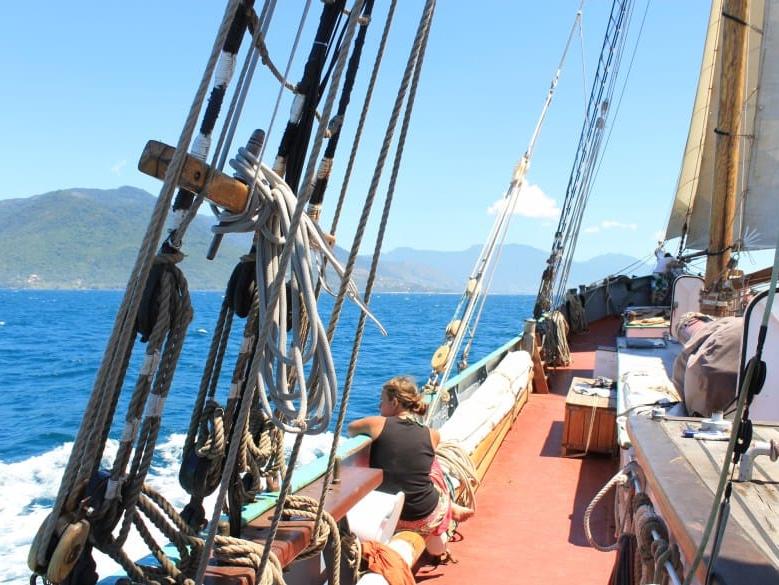



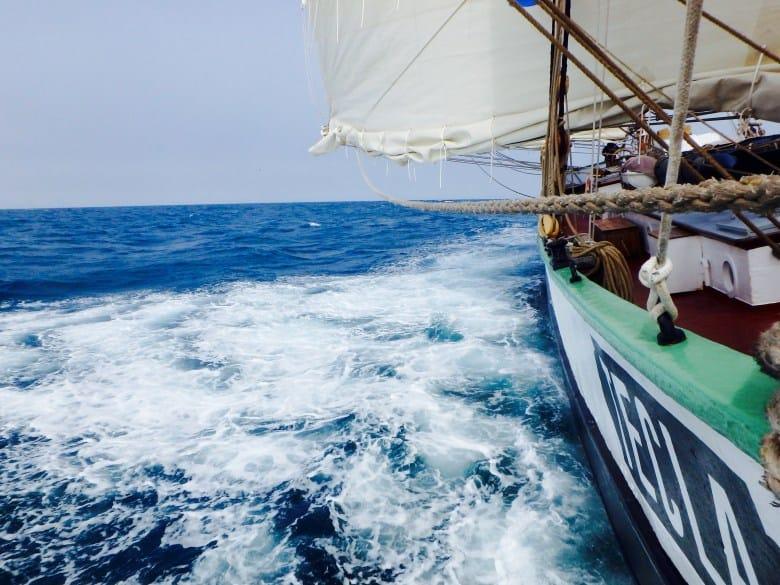



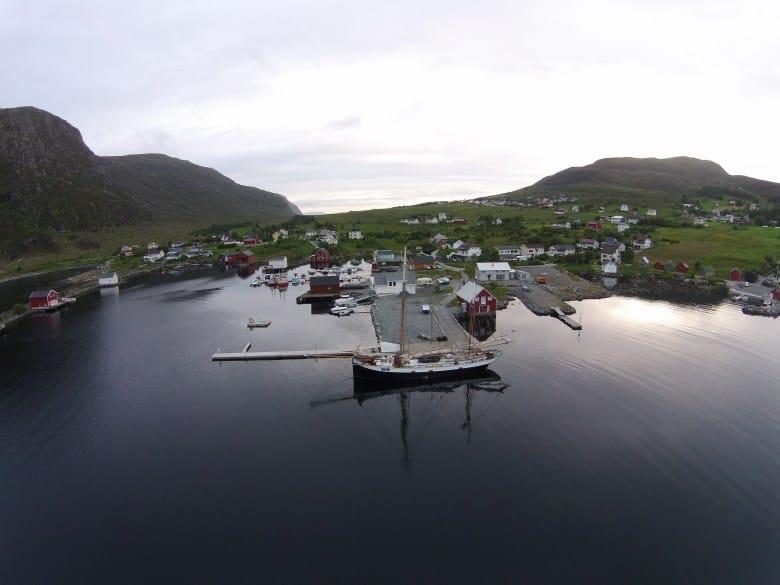








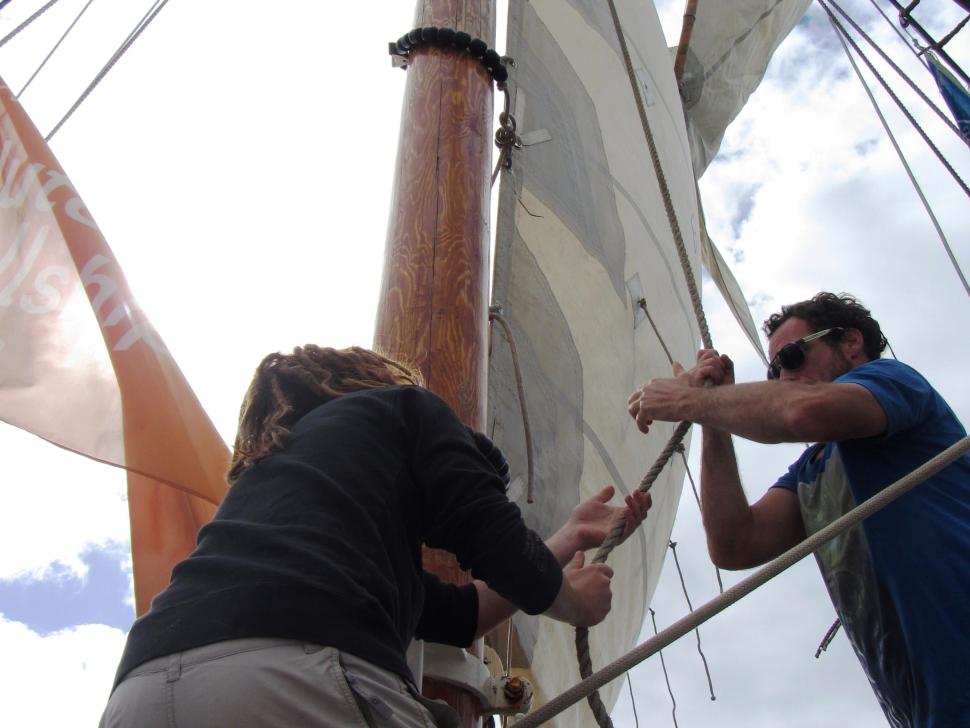




Tecla
The Tecla is a beautiful sailingship with a tough rig. Together with her crew she explores the remote places. One more accessible than the other. Tecla stands for adventure, nature, wonder and splendor. With this exceptional ship and its exceptional program you are good for a memorable trip.
Sail Training Program
On board the tecla we work with a Sail training program developed by the Dutch Sail Training Association (STAN). This sail training program is not only about learning to sail but uses sailing as a tool for personal development. Trainees on board are encouraged to step out of the comfort zone to experience new things. This applies to all ages! At the end of the trip, long or short, the trainees get a logbook containing the past process and how far they have come. Different skills are developed depending on the length of the trip. These can come in handy in a professional sailing environment as well as outside the maritime world.
Sail training makes sailing that slightly more than an active vacation.

